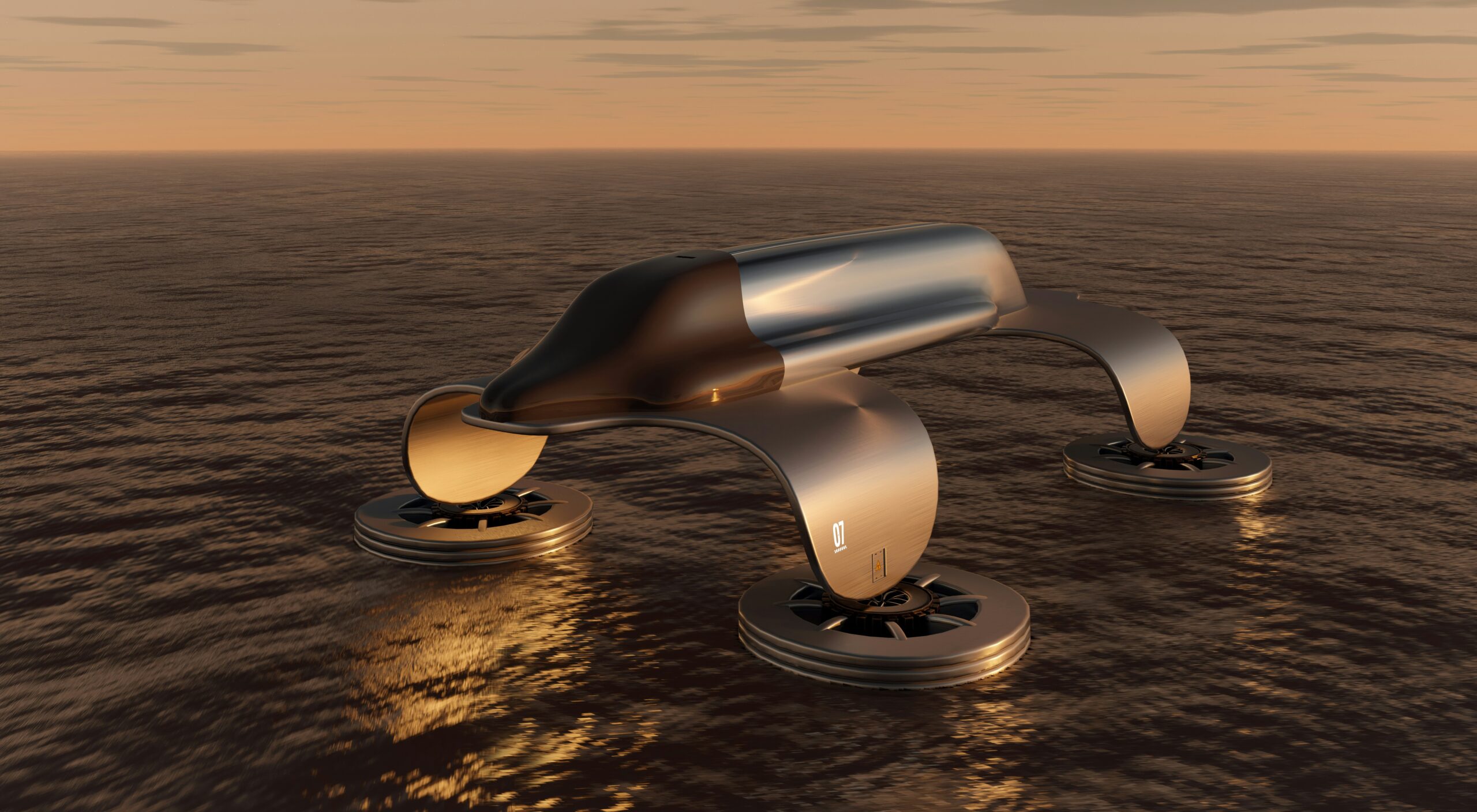
The manufacturing industry has undergone remarkable transformations in recent years, fueled by technological advancements. From automation to data analytics, these innovations drive efficiency, reduce costs, and enhance product quality. As industries seek ways to remain competitive, adopting advanced technologies has become a critical factor in the future of production. This article explores the latest technological advancements revolutionizing manufacturing and their impact on production processes.
Automation and Robotics: The Future of Labor
Automation has revolutionized the manufacturing sector, particularly in terms of labor efficiency. Robots and automated systems are increasingly replacing manual processes. In some industries, robots can work tirelessly, performing tasks that would take humans much longer. These systems can handle dangerous or repetitive tasks, reducing human injury while boosting production capacity.
Robotics in manufacturing also brings precision and consistency. Robots can produce parts with exact measurements, minimizing errors and ensuring uniformity. Manufacturers can now implement flexible automation systems, which can be quickly reprogrammed for different tasks, making production lines more adaptable. Robots can learn and adjust based on their environment with advanced sensors and AI-powered machines, improving their efficiency over time.
Artificial Intelligence and Machine Learning: Data-Driven Decision-Making
Artificial Intelligence (AI) and Machine Learning (ML) are transforming how data is used in manufacturing. These technologies allow manufacturers to analyze large amounts of data in real time, making decision-making faster and more accurate. AI-driven predictive maintenance, for example, uses machine learning algorithms to predict when equipment will fail. This allows manufacturers to schedule repairs before a breakdown occurs, reducing downtime and increasing operational efficiency.
Machine learning algorithms also help optimize production schedules. By analyzing data from past production runs, these systems can recommend the most efficient way to allocate resources and adjust workflows. AI can also improve quality control, detecting product defects faster than human inspectors. As these technologies evolve, they will continue shaping manufacturing processes, leading to greater efficiency and cost savings.
Additive Manufacturing: The Rise of 3D Printing
Additive manufacturing, known as 3D printing, has revolutionized product design and production. Unlike traditional manufacturing methods, which rely on subtracting material, 3D printing adds material layer by layer. This allows manufacturers to create complex shapes and structures that would be impossible or costly to make using conventional techniques.
The key advantage of additive manufacturing is its flexibility. Designers can rapidly prototype new products and make changes without retooling or redesigning expensive molds. 3D printing also enables on-demand production, reducing the need for extensive inventories and long lead times. This can help manufacturers respond quickly to market demands and minimize waste. Moreover, 3D printing has created lightweight yet durable parts for the aerospace, automotive, and healthcare industries.
The Internet of Things (IoT): Connecting the Production Line
The Internet of Things (IoT) has brought connectivity to the manufacturing sector. IoT refers to the network of interconnected devices that collect and share data. In manufacturing, IoT-enabled sensors are embedded into machines and equipment to gather real-time information about their performance. These sensors monitor temperature, pressure, and speed, providing insights that help optimize production.
One of the key benefits of IoT is its ability to create a “smart factory.” By integrating IoT devices across the production line, manufacturers can track every aspect of the process, from raw material input to finished goods. This data can be used to improve operational efficiency, detect bottlenecks, and reduce energy consumption. IoT also enhances supply chain management by enabling manufacturers to monitor inventory levels and track shipments in real time, ensuring they have the materials they need when they need them.
Virtual Reality and Augmented Reality: Enhancing Training and Maintenance
Virtual Reality (VR) and Augmented Reality (AR) are increasingly used in manufacturing for training, maintenance, and design. VR allows employees to immerse themselves in simulated environments, making training safer and more effective. Trainees can practice operating machinery or handling hazardous materials without injury. This mainly benefits industries with complex or dangerous tasks, such as aerospace or automotive manufacturing.
Augmented Reality, on the other hand, overlays digital information into the real world. In manufacturing, AR can be used to assist with maintenance and assembly. Workers can wear AR glasses with step-by-step instructions, making troubleshooting equipment or assembling parts easier. AR can also provide real-time data on equipment performance, helping technicians identify issues before they become critical.
The Impact of Advanced Technologies on Sustainability
As manufacturing becomes more technologically advanced, it also becomes more sustainable. Many new technologies are helping manufacturers reduce their environmental impact. Automation and AI can optimize energy usage, while IoT sensors track resource consumption across the factory floor. 3D printing, which generates less waste than traditional methods, is also seen as a more eco-friendly alternative to conventional production techniques.
Advanced manufacturing technologies also contribute to the development of sustainable products. With tools like additive manufacturing and AI-driven design, manufacturers can create lighter and more efficient products, reducing material use and improving energy efficiency. In addition, these technologies enable circular manufacturing, where materials and components are reused or recycled, helping to close the loop in production cycles.
The Future of Manufacturing is Now
Advanced technologies are transforming the manufacturing landscape, offering new opportunities for efficiency, innovation, and sustainability. Automation, AI, additive manufacturing, IoT, and VR/AR are some technologies that reshape production processes and improve productivity. As these technologies continue to evolve, manufacturers will have even more incredible tools to meet the demands of the modern market. Embracing these innovations is now optional but essential for staying competitive in the global economy. The future of manufacturing is being written today, and it is a future powered by advanced technologies.